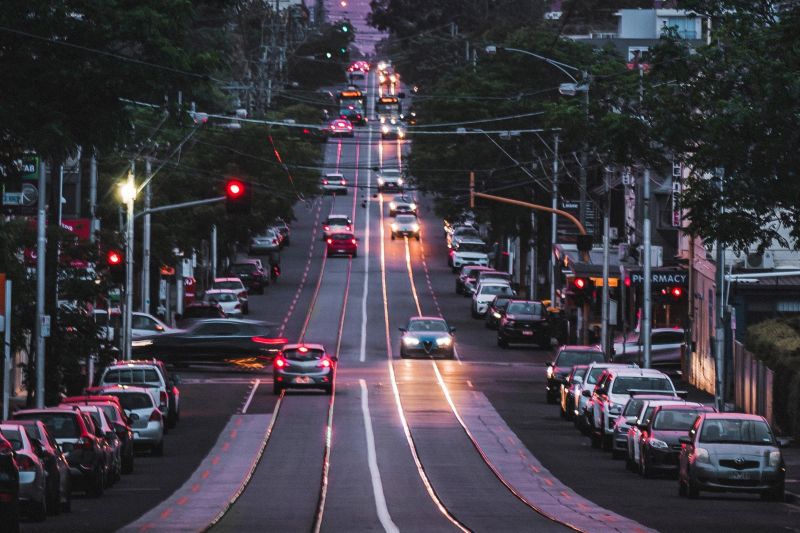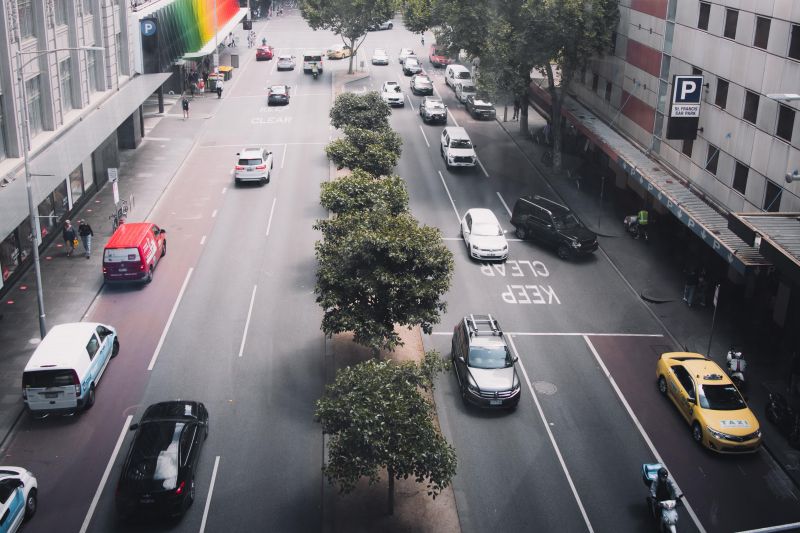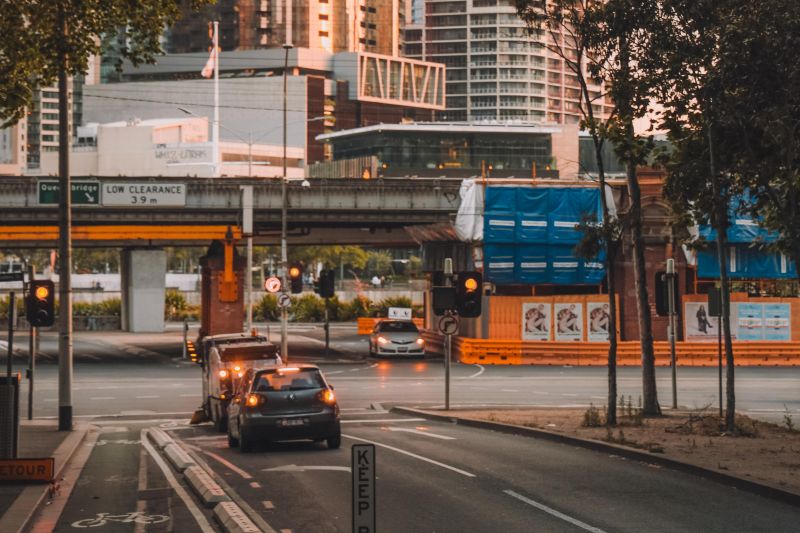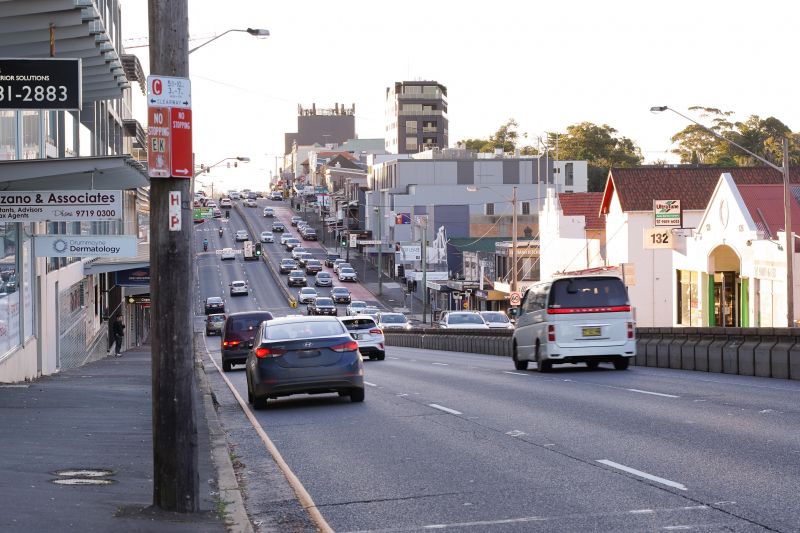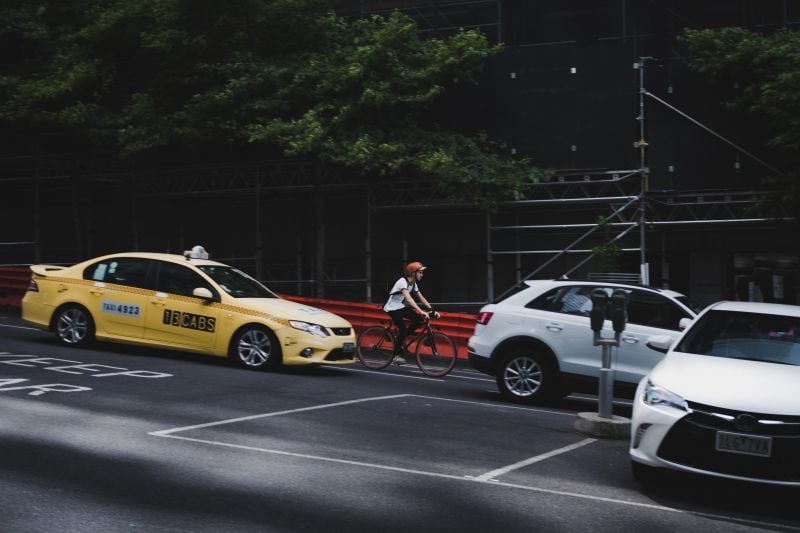Infrastructure Victoria has released its 2021-51 infrastructure strategy, recommending new congestion pricing and a replacement for the current registration scheme.
Additional recommendations include reducing bus and tram fares over the next 12 months while simultaneously removing Melbourne’s free tram zone.
The report was presented to the Victorian Parliament on August 19, 2021.
Infrastructure Victoria is an influential advisor to the Victorian state government. While not binding, precedent suggests the government listens to what it suggests – more than 90 per cent of the 137 strategy recommendations it made in its 2016 report were actioned.
While its infrastructure strategy calls for dozens of recommendations across everything from freight to land use planning, we’ve detailed some of the key ones that’ll most directly affect Victorian motorists.
Variable registration charges
One recommendation from the strategy is to switch to a distance-based instead of fixed road charges over the next 10 years.
Instead of charging the same vehicle registration fees regardless of how much (or little) motorists drive, Victoria could expand the distance-based road user charge it levies on electric vehicle and plug-in hybrid owners whereby owners submit a record of their mileage at regular intervals.
These charges could further vary based on the type of vehicle, with, for example, heavy trucks charged more and electric vehicles charged less due to the different levels of road damage and air and noise pollution produced.
They could also be discounted for low income and vulnerable Victorians, and potentially reconfigured for those who live in remote areas.
Overall, Infrastructure Victoria says the introduction of both a road user charge and congestion charging could lead to up to 168,000 fewer car trips every day and almost halve car trips in inner Melbourne.
Congestion charges
Victoria says congestion cost its residents over $4.6 billion in 2015, with this figure set to more than double by 2030.
Looking to cities like London and Stockholm, the report recommends a trial of ‘full-scale’ congestion pricing in inner Melbourne within the next five years.
Under this scheme, private vehicles would be charged a toll during peak hours. This would be set on a targeted minimum vehicle speed, so if traffic proves to flow quite freely after its implementation, the toll could be reduced.
The opposite would also be true.
A zone could be mapped out and a cordon established at a ‘relatively low cost’ using a licence plate recognition system, or even a GPS-based system like that being introduced in Singapore.
The Government says inner-city congestion pricing could increase vehicle speeds within the designated area by 25 per cent and reduce the amount of time motorists spend in peak-hour traffic by around eight per cent each day.
Additionally, Infrastructure Victoria recommends rolling out congestion-based peak and off-peak tolling to all new metropolitan freeways, including the North East Link.
Paid parking at transport hubs
The report recommends charging parking fees at major public transport hubs, followed by all train stations and park-and-rides.
This is said to encourage people to travel there using public transport and free up spaces at these car parks for public transport users, to help stop car parks from filling up too quickly.
A pre-booking system could also be employed.
Car park pricing would be determined by an independent pricing advisor, another recommendation of the report, which would advise on changes to public transport fares, congestion charges and road tolls.
Review of the Melbourne Congestion Levy
Within the next two years, Infrastructure Victoria is recommending a review of the Melbourne Congestion Levy.
This is currently charged each calendar year to private and public off-street car parking spaces in certain areas, and it’s recommended this be extended to include on-street parking that would trial demand-based pricing.
The area covered by the levy could also be expanded.
The report also called for some key measures to drive electric vehicle uptake.
These include a ban on the sale of new combustion vehicles by 2035 and a switch of Victoria’s government fleet to electric cars where possible within five years to grow the used market.
Click here to read Volume 1 and Volume 2 of Infrastructure Victoria’s 2021-51 strategy.

